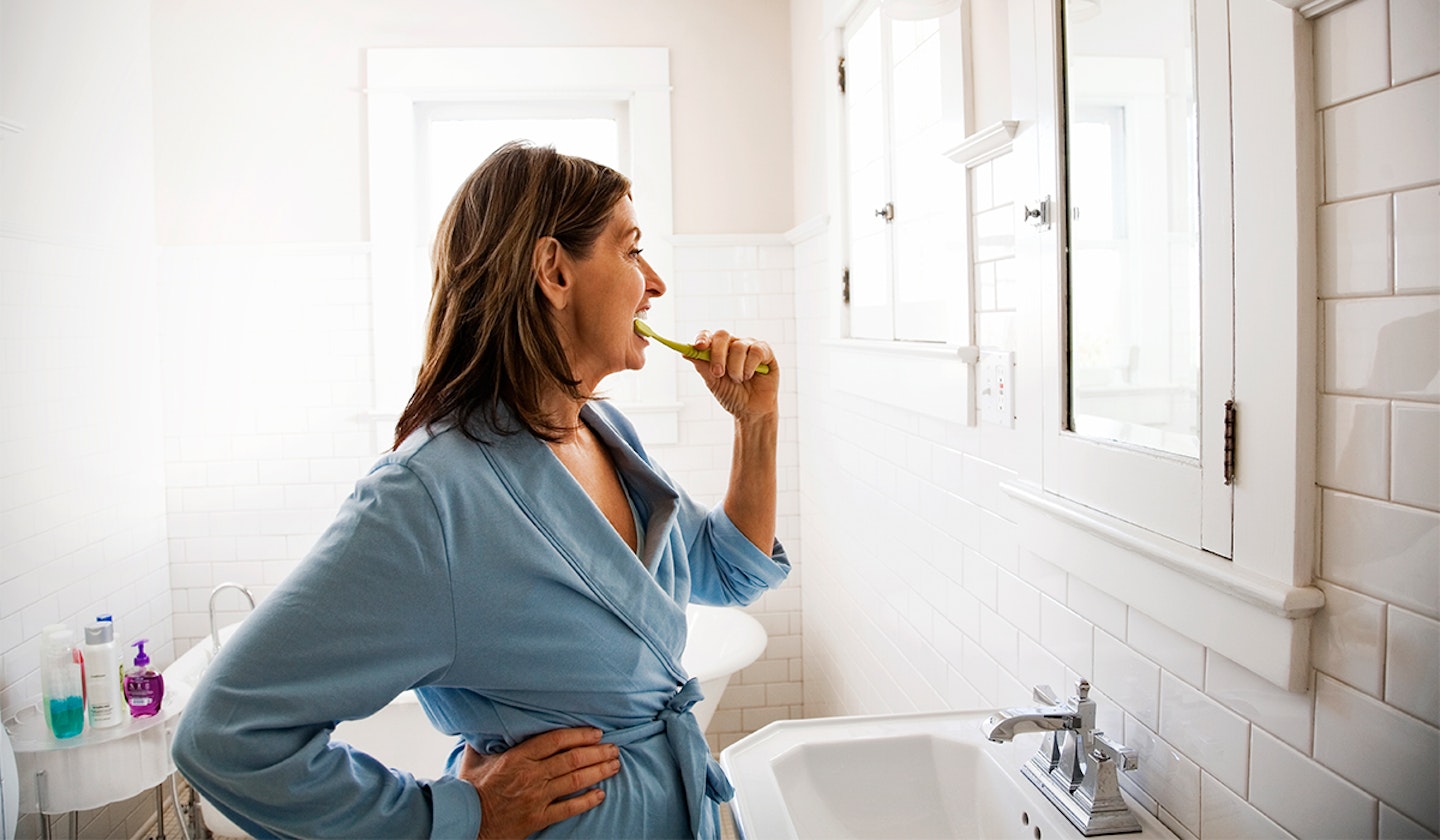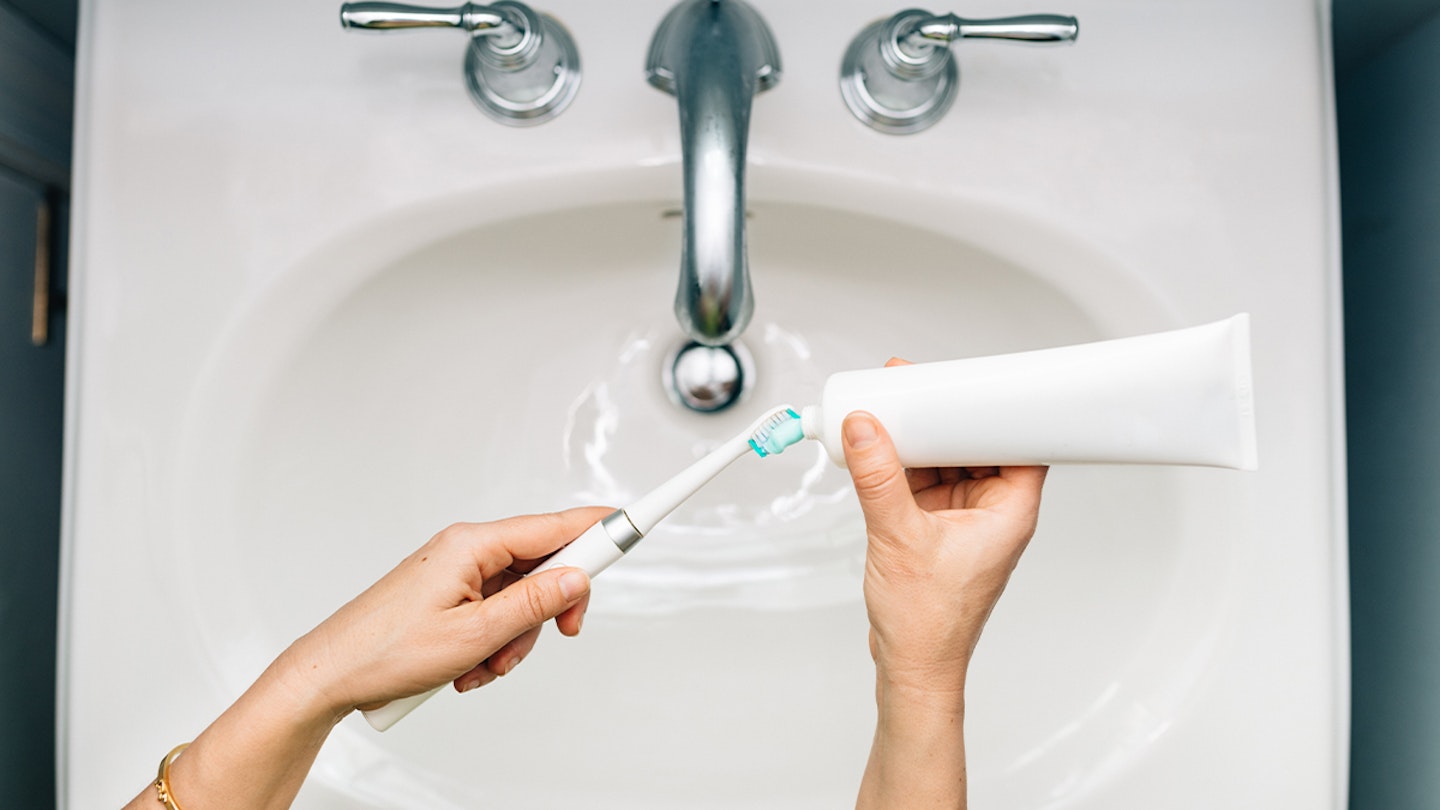When it comes to caring for our teeth, you might be someone who scours all the latest teeth whitening reviews to ensure their smile is as sparkling as can be. Or you may just like to keep a close eye on your mouth to make sure everything is as healthy as possible.
But we all know the importance of brushing, flossing and rinsing our teeth with mouthwash twice a day, so when we notice any build-up of tartar on our teeth, it can be quite worrying.
Tatar is plaque build up on your teeth which has hardened, also known as dental calculus. If you're concerned and want to know the best way to get rid of tartar on your teeth without having to take a trip to the dentist, we've put together some helpful tips and advice to leave your teeth feeling and looking good!
What is tartar?
No matter how well you take care of your teeth, we all have lots of bacteria in our mouths. Once this bacteria mixes with our food and the proteins in our food, it can form what we know as plaque. Plaque is sticky, and it easily coats your teeth.
Plaque carries bacteria which can damage our tooth enamel and lead to cavities. Luckily, if you regularly remove the plaque, you can avoid this happening. However, if this plaque is not removed, it can develop and harden into tartar.
Also known as calculus, it can form above and below the gum line and can lead to gum disease and receding gums.
Signs you may have tartar build-up include:
• The surface of your teeth feels rough and brushing your teeth seems to make no improvement.
• Yellow or tan colour at the base of the teeth (this is if you have tartar above the gum line).
• Raised swelling on the gum, which may bleed.
• Brown or black colour below the gum line.
How to remove tartar
If you've already got a build-up of tartar on your teeth, you should visit your dentist to get it removed professionally with their tools. Once the plaque has hardened, it's very hard to remove, which is why it's best to see a professional.
How to remove tartar from your teeth without a dentist

If you're not keen on dentists, it can be tempting to try and remove the tartar yourself at home with home remedies. There are a number of home remedies that people may suggest. These include:
Combine bicarbonate of soda with water and a pinch of salt then apply to a toothbrush and brushing your teeth as you would with toothpaste.
White vinegar
Add and mix white vinegar into a glass of warm salt water before gargling this once a day, similar to how you would with mouthwash. This is said to be great for removing tartar between teeth and gums.
Sesame seeds
It might sound strange but pop a handful of sesame seeds into your mouth and chew them without swallowing. Using a dry toothbrush, brush the sesame seeds around your teeth and gums for a while before rinsing them from your mouth using water.
Can you remove tartar at home without a dentist?
While the above remedies may be successful, the best option is always to see a professional dentist or hygienist. Not only do they train for years to learn how to clean the teeth safely and properly, but they also have all the correct tools and devices to clean off the tartar without damaging the teeth further.
It's also recommended not to use cosmetic home treatments such as teeth whitening strips in an effort to hide your tartar but to ensure any tartar is removed by your dentist first.
When your tartar has been removed, you'll be able to look into the likes of teeth whitening kits to help achieve a dazzling smile.
How to prevent tartar build-up
If you find the plaque has not yet hardened, try the below in order to get rid of it and avoid it building up in the future, so your smile stays sparkly white:
• Brush your teeth twice a day using a soft bristle toothbrush. Why not try using a teeth whitening toothpaste?
• Floss once a day. This is important to reach gaps between your teeth that your toothbrush won’t be able to reach. If you don’t get on with normal floss try an alternative tool, like interdental brushes.
• Use a fluoride mouthwash after brushing your teeth. This will remove any bacteria build-up that your toothbrush misses.
